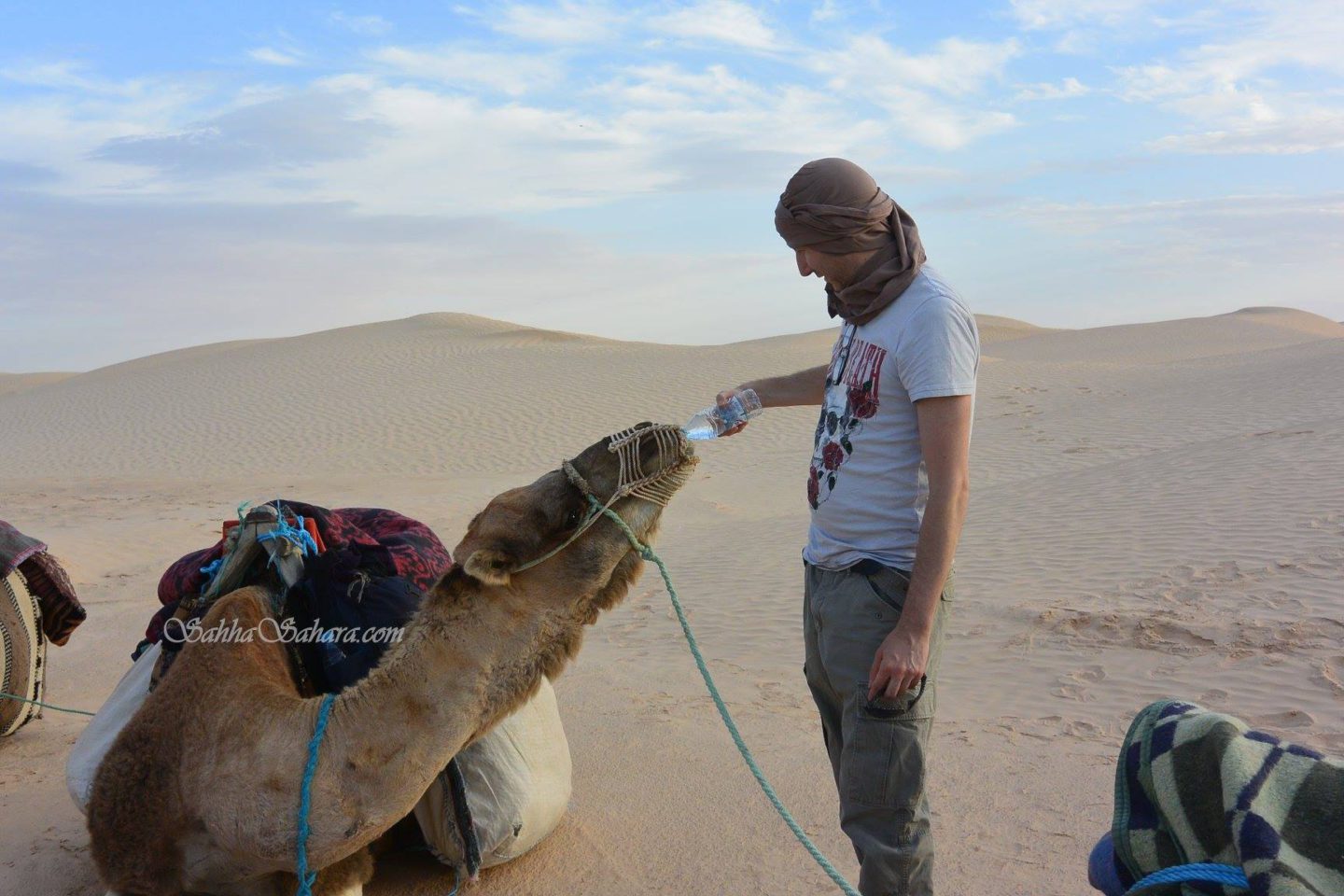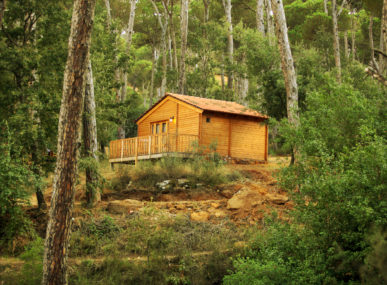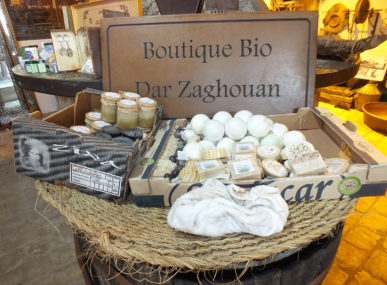An alarming wealth gap has emerged between Tunisia’s cities and rural areas, with around two-thirds of the country’s population living in urban zones. Desert tourism offers one avenue of employment for Bedouin and Berber groups in the Sahara, but visitor numbers dropped off sharply after 2011’s Arab Spring and terrorist attacks in 2015. Tunisia has tried to stimulate its sluggish economy by ramping up heavy industries like phosphate mining, a move that has attracted international criticism for causing environmental damage.
Sahha Sahara is an eco-friendly option for rural communities to revive their battered local economy. The company’s tours leave only compostable waste behind in the desert. Reimer also insists on paying good wages to local staff, which reduces the incentive for guides to cut environmental corners. She hopes that this model will influence Tunisia’s overall desert tourism sector. “[We are] showing other agencies that sustainable tourism can work, as long as you have respect for the people whom you work with and the environment.”





